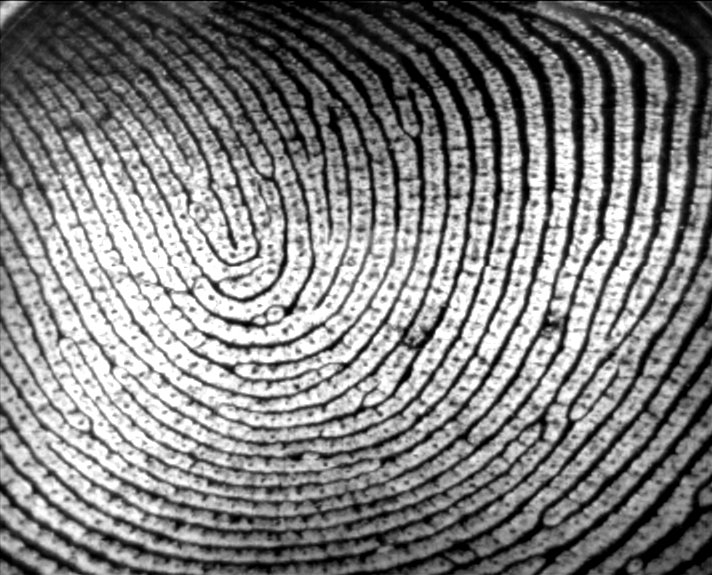 The National Institute of Standards and Technology (NIST) is working on bringing the world something straight out of a sci-fi movie; touchless fingerprint scanners. Imagine being able to just wave your fingers at a scanner and it be able to accurately identify you, permitting your entrance. Sounds like a movie, right? Well, it’s in the works.
The National Institute of Standards and Technology (NIST) is working on bringing the world something straight out of a sci-fi movie; touchless fingerprint scanners. Imagine being able to just wave your fingers at a scanner and it be able to accurately identify you, permitting your entrance. Sounds like a movie, right? Well, it’s in the works.
According to NIST, the touchless technology offers unprecedented speed and a hygienic alternative to conventional fingerprint readers. But before the contactless fingerprint technology can be used broadly, the products must be evaluated and proven to work with millions of existing contact-based fingerprint record.
Aside from the awe of how cool the new technology is, a touch-less fingerprint scanner has the potential to solve a number of significant problems existing with current authentication methods. Issues with fingerprint readers now include the potential security risk of a bad guy stealing a persons print, replicating it and using it to gain access to things they should not have access to. A person’s fingerprint is a great means of identification because each fingerprint is as unique as the person owning it. The downside is that we leave our fingerprints everywhere and from a security standpoint, this is similar to leaving your passwords everywhere.
Another benefit of this new technology is that an image of a touchless fingerprint is different than a fingerprint that is pressed down on a surface. Thus, a touchless print will reduce the risk of a thief being able to dust a print and reuse it, because the two will no longer match.
Aside from the security benefits, this new method will provide a more hygienic approach to identification by not requiring a person to physically touch a fingerprint reader that potentially holds the germs of hundreds of people.
Researchers at NIST are working with contactless fingerprint devices from MorphoTrak, LLC, and 3M Company through Cooperative Research and Development Agreements (CRADAs). NIST continues to seek new CRADA partners.
The researchers also are investigating materials for use as synthetic targets for testing, such as aluminum, polycarbonate and NIST-developed materials that can mimic the pigmentation and light-diffusion properties of human tissue.
For more information on participating in the CRADA, see www.nist.gov/itl/iad/ig/crada_contactless.cfm.
——————————————————————-
Source: NIST
Image: Chad Miller CC by 2.0


Leave a Reply